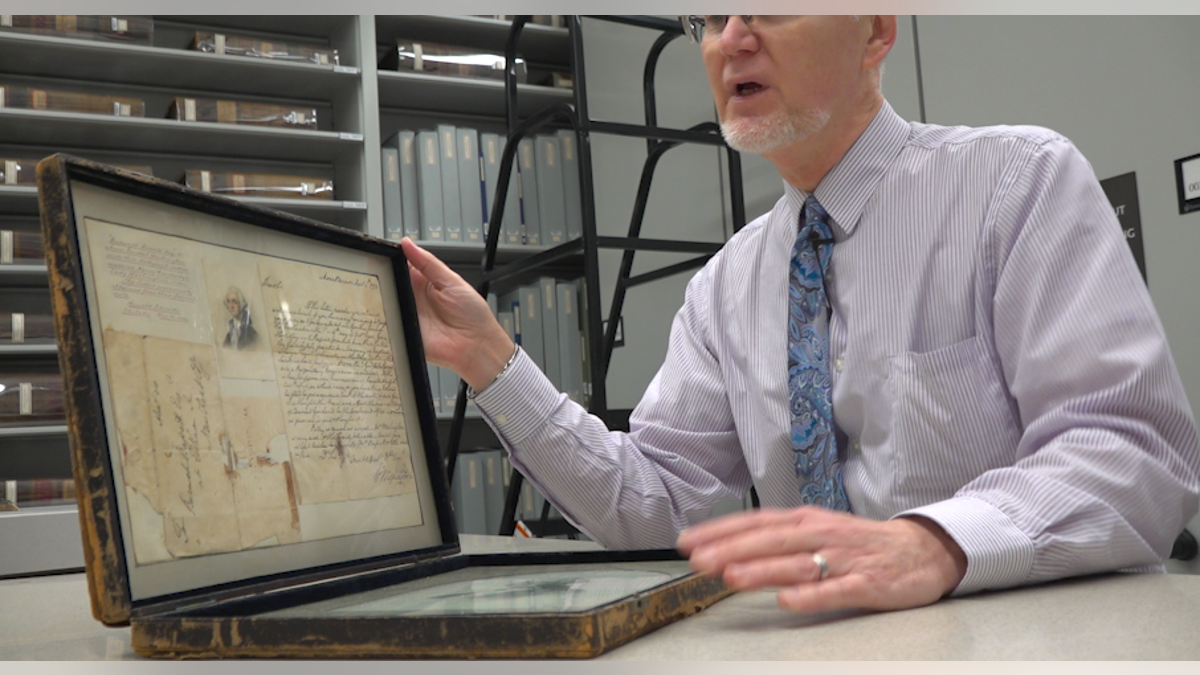PHILADELPHIA – Robert Peck was moving offices at the Academy of Natural Sciences building here in 1976 when he stumbled upon a bizarre hair collection.
His colleagues urged him to throw it out, but he was too intrigued to do so.
The Pennsylvania researcher began combing through history, strand by strand, until he untangled a past that went back centuries. He soon realized the strands of hair, hundreds of years old, belonged to former presidents, famous scientists and signers of the Declaration of Independence. They included strands from 13 U.S. presidents, from George Washington to Millard Fillmore, 19th century author James Fenimore Cooper, and even from famous conjoined twins Chang Bunker and Eng Bunker, Thai brothers who coined the term “Siamese twins” in the 1800s.
“Each lock and tress carefully mounted and notated in a 12-volume set of books, so neat and fascinating to me, but my colleagues thought otherwise,” said Peck, a historian at the Academy of Natural Sciences at Drexel University, “so I held on to the collection.”

Lee Arnold, Director of the Historical Society of Pennsylvania, shows off George Washington's hair along with letters.
Peck’s work usually focused on insects and dinosaurs so his colleagues didn’t see the value in volumes of hair.
But he insisted on getting to get to the root of the collection.
Through careful digging, he realized he had discovered the work of Peter A. Browne, a Philadelphia lawyer who devoted his time to collecting hair samples from luminaries in the 1840s and 1850s. Wrapped with ribbons and string, Browne neatly affixed each lock to decorative paper, with captions and letters.
“There were signers of the Declaration of Independence, writers, artists, scientist, explorers – all kinds of people whose lives I had studied,” Peck said.
Peck said it took three decades to convince his colleagues and other historians of the significance of the findings.
While the lock collection seemed unusual, it was actually pretty common centuries ago.
Long before cameras made it possible to capture a snapshot in history, collectors from centuries ago snipped hair to keep as mementos.
“Hair collecting was quite the fad during the Victorian Era, they would take the hair of deceased loved ones, and may make rings or other forms of jewelry,” Arnold said.
But this is the first time that historians have found a collection of hair that is so vast and from such prominent people in history.
The strands are now on display from now to President’s Day weekend at the Academy of Natural Sciences in Philadelphia.
“This collection is priceless,” said Lee Arnold, the director of the Historical Society of Pennsylvania. “You couldn’t even buy or recreate something like this.”





















